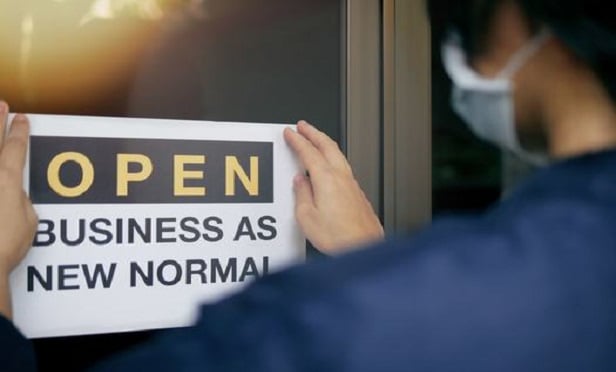 Before reopening a building that has been closed for an extended period, do a visual assessment of the facade, roofing, ceilings, walls and windows to determine whether any storm damage could have allowed for moisture infiltration, leading to mold or structural degradation. (Photo: Chansom Pantip/Shutterstock)
Before reopening a building that has been closed for an extended period, do a visual assessment of the facade, roofing, ceilings, walls and windows to determine whether any storm damage could have allowed for moisture infiltration, leading to mold or structural degradation. (Photo: Chansom Pantip/Shutterstock)
With safety measures such as masks and facial protection, social distancing, limited gatherings and reduced travel, the workplace experience differs significantly today from a few months ago. Social guidelines and business operations may not be the only changes we encounter as society returns to the physical work environment. Periods of low building occupancy can present health and safety issues, including mold and bacteria growth, as well as structural degradation.
Recommended For You
Want to continue reading?
Become a Free PropertyCasualty360 Digital Reader
Your access to unlimited PropertyCasualty360 content isn’t changing.
Once you are an ALM digital member, you’ll receive:
- Breaking insurance news and analysis, on-site and via our newsletters and custom alerts
- Weekly Insurance Speak podcast featuring exclusive interviews with industry leaders
- Educational webcasts, white papers, and ebooks from industry thought leaders
- Critical converage of the employee benefits and financial advisory markets on our other ALM sites, BenefitsPRO and ThinkAdvisor
Already have an account? Sign In Now
© Touchpoint Markets, All Rights Reserved. Request academic re-use from www.copyright.com. All other uses, submit a request to [email protected]. For more inforrmation visit Asset & Logo Licensing.







